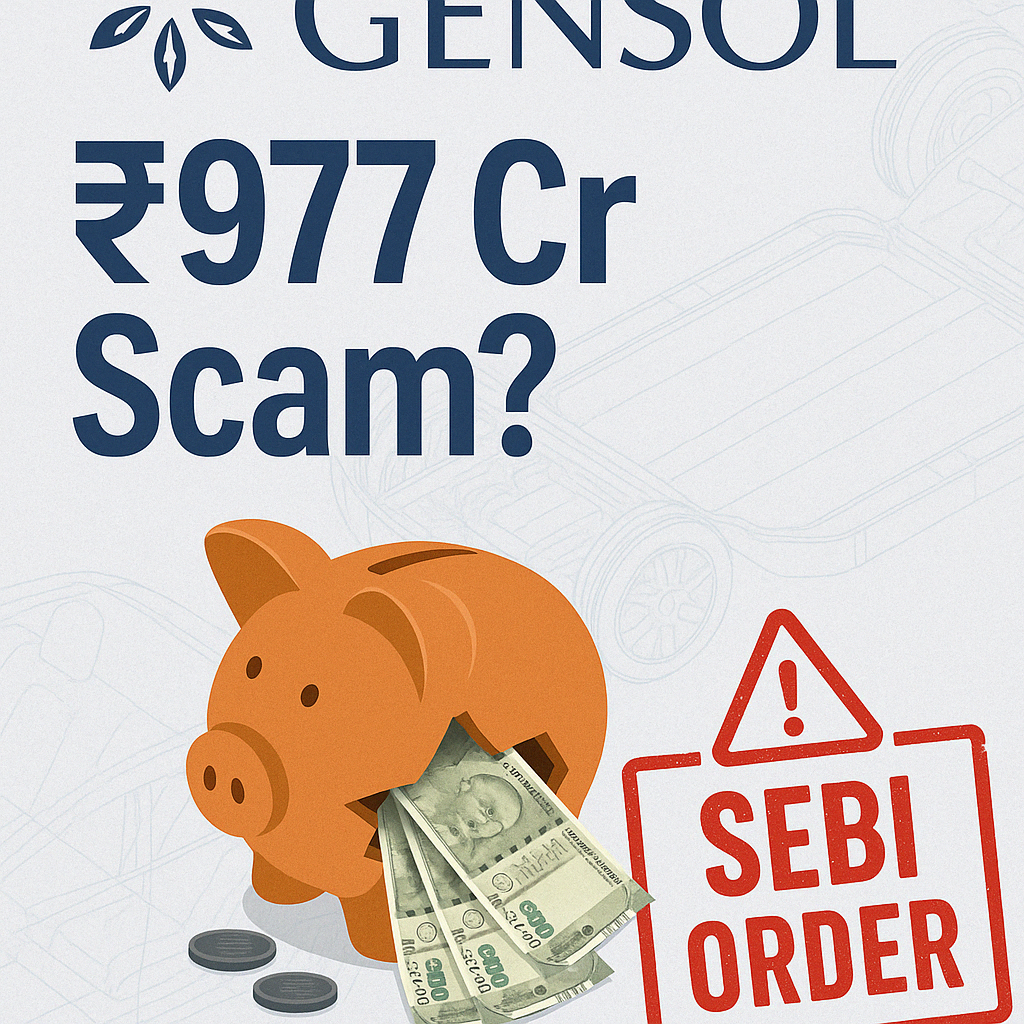ITC Hotels Stock Fundamental Analysis 2025
Why Focus on ITC Hotels Now?
Did you know India had over 2,500 million domestic tourist visits last year? That’s a 96% jump. People are now traveling across the country like never before.
But here’s the thing: while travel demand is going up, hotel supply isn’t. In the last two years, supply grew by just 5%, while demand rose by 8 to 10%. That means there’s a shortage of good hotels.
More Indians also want premium experiences, and the luxury hotel market is expected to grow fast by 8.92% every year till 2029.
This is where ITC Hotels comes in. It’s the second largest hotel chain in India, with 140 plus properties and 13,000 rooms. And now, after its demerger from ITC Ltd., it’s finally ready to grow on its own.
Earlier, ITC Hotels was part of a company that used up a lot of capital but didn’t contribute much to profits, especially compared to ITC’s tobacco business. So this separation just made sense, and now investors can directly tap into the hotel growth story.
If you're looking to invest in a booming sector with high demand and low supply, ITC Hotels is a smart pick.
ITC Hotels Overview
Being one of India’s largest luxury hotel chains, it operates over 90+ destinations and has approximately 1200 rooms in India.ITC Hotels has four verticals: ITC Hotels (Luxury), Mementos (New luxury brand), Welcomhotel (Upscale), and Fortune & Storii (Midscale, boutique).
ITC Business Model
ITC runs its hotel business mainly in two ways:
- Asset-heavy means owning some luxury hotels, like ITC Maurya and ITC Grand Chola, and operating them to have full control and build a strong brand image.
- Asset-light: Here, ITC does not own the hotel but runs it under its brand (like Welcomhotel and Fortune). ITC earns a management fee and uses its brand, systems, and staff to run the property.
Now, ITC is moving more toward managing hotels (Asset-Light) than owning them. This helps them grow faster with less money spent.
Revenue breakdown: ITC Hotels generates 52% of its revenue from room rentals, 40% from food & beverages, and 8% from events and other services. Rooms may be the core, but F&B is almost equally powerful in driving their business.
Financial Performance Specific To the Hotel Industry
The hotel industry has some specific metrics that give the idea of the hotels. Here is the breakdown of each metric:
- RevPAR: Measures how much revenue is earned per available room, combining pricing and occupancy.
- Occupancy Rate: This shows the percentage of rooms actually booked out of the total available.
- Average Room Rate (ADR): Indicates the average price paid per room by guests.
- Number of Hotels: Reflects the scale and market presence of the hotel chain.
Here is a table that compares these metrics with the hotel Industry Average:
|
Hotel Stocks |
ITC Hotels |
Indian Hotels |
Chalet Hotels |
Average Of Hotel Industry |
|
RevPar |
₹8,200 |
₹7,205 |
₹7,776 |
₹4,757 |
|
Occupancy Rate |
69% |
69% |
73% |
63% |
|
Average Room Rate |
12,000 |
15,414 |
₹10,718 |
₹7,479 |
|
Number Of Hotels |
140 |
220 |
10 |
Insights by comparing the financial performance of ITC hotels V/s Hotel Industry Average
Seeing the Revpar metric, ITC Hotels earns almost double the industry average per room, which is a solid performance.
- Even with premium rates among all the hotels, ITC keeps more rooms filled than the average hotel.
- ITC’s pricing is 60% higher than the average, showing it caters to a luxury clientele. Yet, it manages good occupancy, which is a sign of strong customer loyalty and brand perception.
Overall, compared to the hotel industry average, ITC Hotels significantly outperforms the industry average across all key metrics, proving its strength in premium pricing, strong demand, and operational efficiency.
Performance Specific to Peers
According to market capitalization, the major players in the hotel industry are Indian hotels , such as Chalet Hotels, which first compare hotel-specific metrics.
Now, we will compare each hotel industry metric and break down what they indicate.
- RevPAR: Even though Indian Hotels has more properties, ITC Hotels leads the game in RevPAR at ₹8,200. That means that for every room available, ITC earns more than both Indian Hotels and Chalet, which is a solid sign of profitability and efficient pricing.
- Average Room Rate: Indian Hotels (Taj) sits at the top with an Average Room Rate (ARR) of ₹15,414. It clearly plays in the ultra-premium space. ITC Hotels, with an ARR of ₹12,000, offers premium luxury at a slightly more accessible price — striking a balance between exclusivity and scale.
- Occupancy rate: Chalet Hotels leads on occupancy with 73%, thanks to its focus on business travel and select metro locations. However, ITC Hotels is right behind at 69%, which is impressive given its wider network across diverse destinations. It shows strong, consistent demand.
Financial Highlights About ITC Hotels
- The operational efficiency of Chalet Hotels is good because of its highest EBITA margin despite it being the smallest in terms of revenue.
- Indian Hotels' leads in overall revenue and operating profit clearly show a larger scale and wider brand portfolio.
- ITC Hotels, though smaller than IHCL in size, strikes a strategic balance between scale and profitability, with a strong RevPAR of ₹8,200 and a focus on high-value customers.ITC is positioned as a luxury leader in the segment, leveraging fewer hotels to generate more revenue per room.
Demand Drivers Of Tourism In India
With hotel players outperforming and travel demand outpacing supply, the next big question is, what's powering this travel surge across India? Let’s break down the key demand drivers behind the tourism boom.
- India took 1.73 billion domestic trips in 2022. That’s not tourism. That’s movement at scale. No wonder hotels are scrambling to keep up.
- 152 million Indians flew in 2023 alone. And guess what? Every landing needs a bed, and that’s the real reason behind rising hotel demand.
- Foreign tourist arrivals hit 9.23 million in 2023,85% of pre-COVID levels. But RevPAR didn’t just recover, it jumped 30%. Fewer tourists, but they're spending more.
- Demand is forecast to grow at 10.6% annually till 2027, while supply lags at just 8%. In leisure hotspots, demand could shoot up by 13.3%. Translation? A pricing power jackpot for hotel brands.
Investment Outlook
So, with strong performance across key metrics and a growing footprint in a high-demand market, what does this mean for investors? Let's break down the investment outlook.
Pros Of Investing In ITC Hotels
- High RevPAR Leadership: ITC Hotels clocks ₹8,200 in RevPAR, 72% higher than the industry average, reflecting premium pricing and consistent demand present for ITC hotels.
- Post-Demerger Growth Focus: Now independent from ITC Ltd., ITC Hotels can focus purely on hospitality, unlocking better capital efficiency and investor interest.
- Strong Demand-Supply Mismatch: With hotel demand growing at ~10.6% annually and supply lagging at ~8%, ITC is well-positioned to benefit from rising room rates and occupancy.
Cons Of Investing In ITC Hotels
- Limited Financial Record: Post-demerger, ITC Hotels is a newly listed entity. Investors don’t yet have a long-term standalone performance history of financials.
- International Players In India: The Hotel industry in India is dominated by 47% of international hotel chains like Marriott, Accor, Hilton, IHG, and Hyatt. They face tough competition from global leaders in India for the premium segment.
- Unorganized Market In India: In India, there are brands like OYO, Lemontree, and Ginger; they have larger penetration in Tier-2 and Tier-3 cities, making it challenging for premium players like ITC Hotels to scale profitably beyond metro markets.
Bottom Line
ITC Hotels stands out in a booming travel market with high RevPAR, strong brand positioning, and post-demerger focus. While competition and limited track record pose risks, its premium strategy, asset-light model, and rising travel demand make it a compelling long-term bet for investors eyeing India’s hospitality growth.
Disclaimer: Views are personal, not a stock recommendation






Sarah Williams
February 13, 2025This blog provided an excellent overview of stock market strategies. The section on risk management was particularly helpful for beginners like me!
Rachel Adams
February 13, 2025The tips on identifying undervalued stocks were incredibly useful. I feel more confident in making investment decisions now.